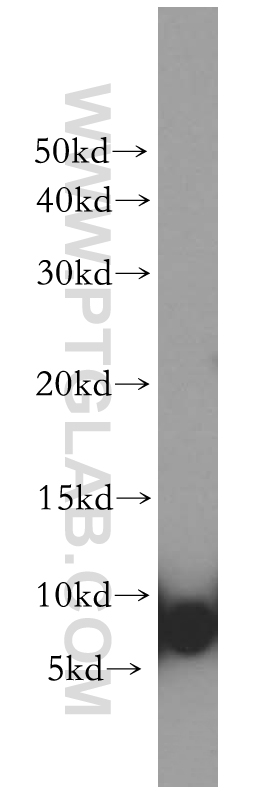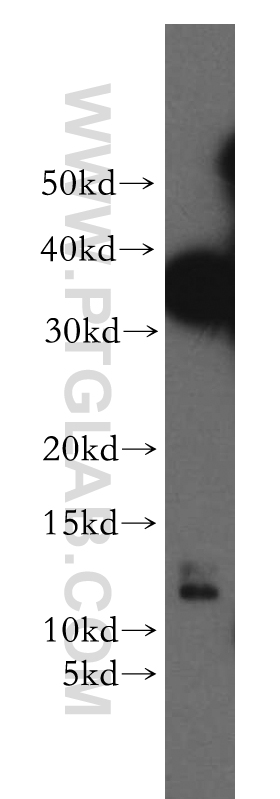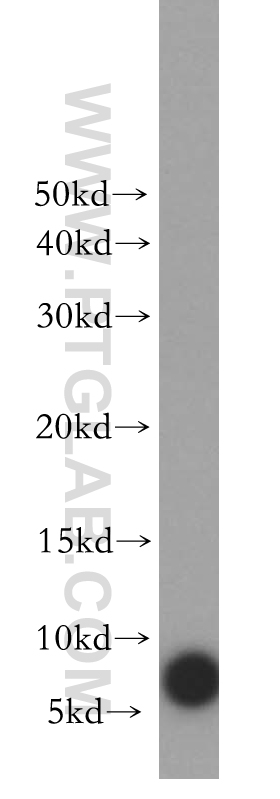验证数据展示
经过测试的应用
| Positive WB detected in | A2780 cells, HeLa cells, mouse skin tissue |
推荐稀释比
| 应用 | 推荐稀释比 |
|---|---|
| Western Blot (WB) | WB : 1:200-1:1000 |
| It is recommended that this reagent should be titrated in each testing system to obtain optimal results. | |
| Sample-dependent, Check data in validation data gallery. | |
发表文章中的应用
| WB | See 3 publications below |
产品信息
12343-1-AP targets S100A3 in WB, ELISA applications and shows reactivity with human, mouse samples.
| 经测试应用 | WB, ELISA Application Description |
| 文献引用应用 | WB |
| 经测试反应性 | human, mouse |
| 文献引用反应性 | human, mouse |
| 免疫原 |
CatNo: Ag2995 Product name: Recombinant human S100A3 protein Source: e coli.-derived, PGEX-4T Tag: GST Domain: 1-101 aa of BC012893 Sequence: MARPLEQAVAAIVCTFQEYAGRCGDKYKLCQAELKELLQKELATWTPTEFRECDYNKFMSVLDTNKDCEVDFVEYVRSLACLCLYCHEYFKDCPSEPPCSQ 种属同源性预测 |
| 宿主/亚型 | Rabbit / IgG |
| 抗体类别 | Polyclonal |
| 产品类型 | Antibody |
| 全称 | S100 calcium binding protein A3 |
| 别名 | Protein S 100E, Protein S100 A3, S100A3, S100E |
| 计算分子量 | 12 kDa |
| 观测分子量 | 7 kDa, 12 kDa |
| GenBank蛋白编号 | BC012893 |
| 基因名称 | S100A3 |
| Gene ID (NCBI) | 6274 |
| RRID | AB_2183761 |
| 偶联类型 | Unconjugated |
| 形式 | Liquid |
| 纯化方式 | Antigen affinity purification |
| UNIPROT ID | P33764 |
| 储存缓冲液 | PBS with 0.02% sodium azide and 50% glycerol, pH 7.3. |
| 储存条件 | Store at -20°C. Stable for one year after shipment. Aliquoting is unnecessary for -20oC storage. |
实验方案
| Product Specific Protocols | |
|---|---|
| WB protocol for S100A3 antibody 12343-1-AP | Download protocol |
| Standard Protocols | |
|---|---|
| Click here to view our Standard Protocols |
发表文章
| Species | Application | Title |
|---|---|---|
Front Cell Dev Biol Hypoxia-immune-related microenvironment prognostic signature for osteosarcoma | ||
PLoS One Multiple roles of integrin-linked kinase in epidermal development, maturation and pigmentation revealed by molecular profiling. | ||
DNA Cell Biol miR-1 Regulates Differentiation and Proliferation of Goat Hair Follicle Stem Cells by Targeting IGF1R and LEF1 Genes. |




